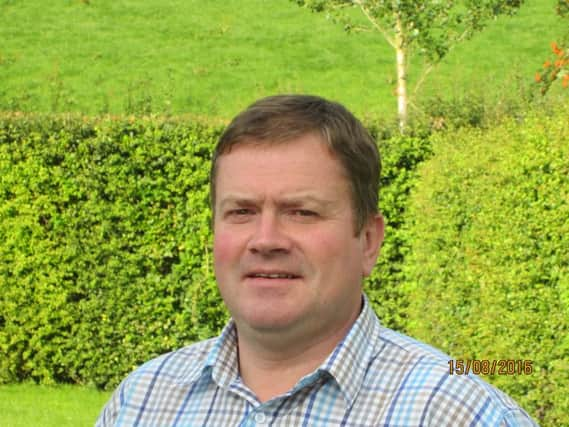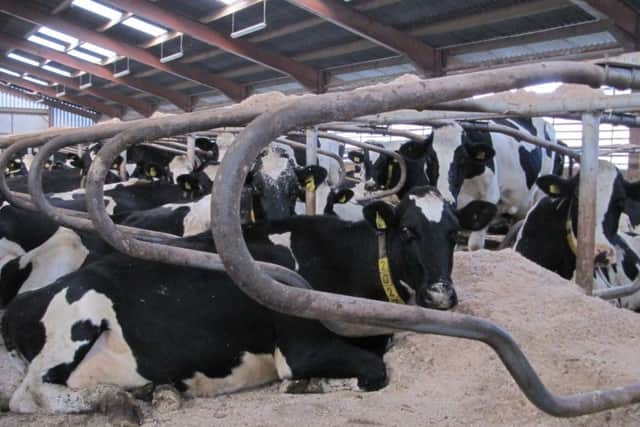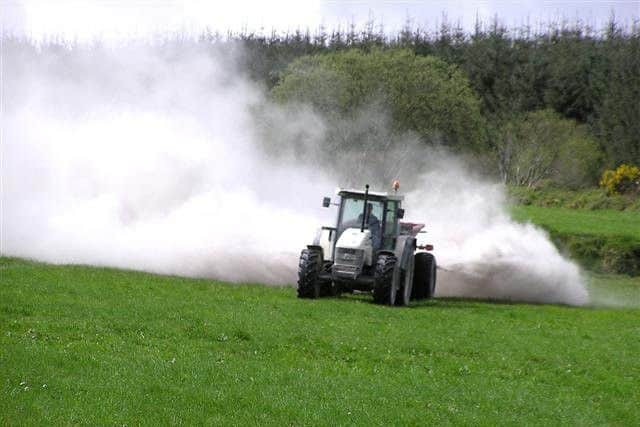DAERA Management Notes: Dairying


Managing grazing in September: Concentrates account for two thirds of direct milk production costs, so making the most of grazing will reduce your current costs. With good conditions, quality swards and available after-grass your herd has the opportunity to graze good quality grass and the potential to produce 10-13 litres of milk in September.
In some regions of Northern Ireland grazing conditions were difficult over the summer months. If conditions allow, now may be the time to rectify any damage caused. If poor grazing conditions are ongoing use multiple entry/exit points to paddocks, back fencing and on/off grazing to best utilise available grass. Buffer feeding or housing at night may also reduce the pressure on the grazing platform.
Advertisement
Advertisement
Building up covers for next spring is not an option for everyone, but if you are planning an early turnout, this will be the last round for many paddocks. Make sure they are well eaten down with little residual cover, so that there will be a good clean regrowth.


Preparing housing for winter: The next month provides the last opportunity to make any changes to housing before the winter. Assess all your farm buildings with a view to improving animal health/comfort, management and labour efficiency. Consider:
l Ventilation for both young and adult stock – can this be improved to help air circulation?
l Cubicles and mats/mattresses – replace/repair any broken/ loose cubicles or worn mattresses; is there a brisket pipe fitted?
Advertisement
Advertisement
l Slippery floors/slats – groove/replace worn concrete to help avoid downer cows.


l Feed space/drinkers – is there sufficient feeding/ drinking space for cows? Can this be improved?
Other jobs for September
l If ground conditions allow, autumn is the ideal time to apply lime. Aim for pH 6.3 to get the best results from fertiliser next year.
l Assess condition of young stock, especially maiden heifers – will they be in the right condition for service?
Advertisement
Advertisement


l Are any vaccinations, for example BVD due well in advance of the breeding season?
l If conditions permit, autumn is the best time to subsoil compacted areas leaving them time to rest over the winter period.
l Analyse silage in preparation for planning the winter diet.
l Calculate how much silage you have and how much you need. An Online Calculator is available at: https://eservices.ruralni.gov.uk/onlineservices/tools/Beef/silovol.aspl Carry out any final reseeding as early in the month as possible to let new swards establish before winter.
Advertisement
Advertisement


l If conditions are suitable, September is the last chance for dock or other weed control.
Fertiliser spreading closed period
Under the Nitrates Action Programme 2015-2018 and Phosphorus Regulations 15th September is the last day for sowing chemical nitrogen (N) and phosphorus fertiliser on grassland. Until then grow extra grass by applying 35-50 kg N per hectare after each field has been grazed.
If you need information on any of these topics, contact your local CAFRE Dairying Development Adviser.